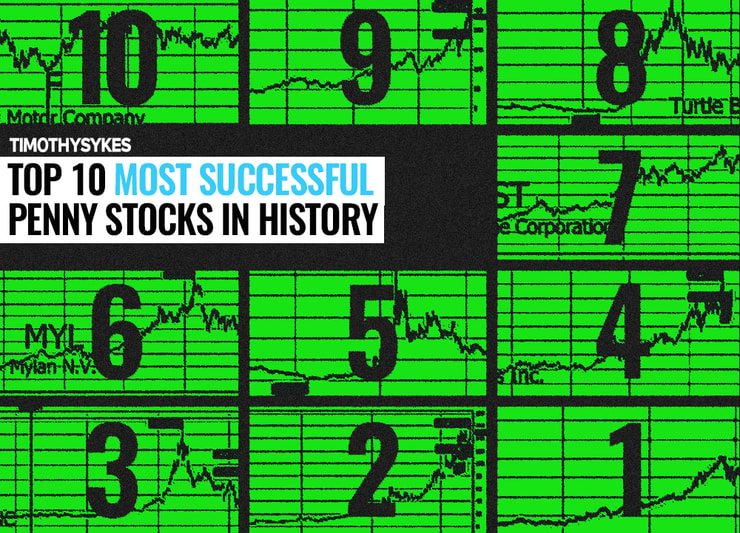The holidays are right around the corner.
That means …
- Travel.
- Family.
- Gifts.
- Big dinners.
It’s an exciting time of year!
But for a lot of people, it can be stressful.
Paying for plane tickets, road-trip gas prices, buying presents, grocery bills, etc.
There’s a lot of work that goes on (and money that changes hands) behind the scenes to make this season special.
And every year, families strive to champion holiday cheer while whincing at the impact on their bill folds.
Everyone’s watching the price tag. Especially this year. With …
- Trump’s tariffs.
- Sticky inflation.
- Weak labor data.
A few extra dollars to pad the wallet would go a long way.
But instead of picking up extra shifts or draining your savings … What if you show up for one trade a week?
I’m talking about a setup that comes around every Friday afternoon.
It’s the same pattern. At the same time.
Last Friday with this setup, I bought shares of Organogenesis Holdings Inc. (NASDAQ: ORGO) at $5.54 per share.
The price spiked 27% higher by Tuesday.
And there was almost no downside to my trade. Look at the ORGO chart below where every candle represents one trading minute:

This isn’t some random fluke. My weekend strategy has worked for decades.
You don’t need to trade full-time. You don’t need to chase alerts or gamble on junk tickers. You just need to learn this pattern and be ready by 2:59 p.m. on Friday.
Instead of a grim anxiety, go into the holidays with confidence!
Let’s review my most recent weekend trade to prepare for this Friday’s setup.
The Weekend Pattern
Most traders mentally check out by Friday afternoon.
They’re wrapping up the week, locking in gains or taking losses, and trying to get out of the office early for a jumpstart on the weekend.
That means, by the time power hour rolls around, there’s a major shift in volume.
A lot of would-be spikers start to flatline as the would-be buyers head to the Hamptons.
That’s when an information inefficiency creeps in.
Fewer eyes on the market. Less liquidity. But the catalysts are still there.
Then, over the weekend, traders comb through filings, PRs, and social media buzz. And by Monday morning, a fresh wave of buyers floods into whatever ticker showed strength into the close on Friday. Especially if it had a news catalyst or clean chart setup.
That demand creates a gap up. And the people who bought before the weekend, on Friday afternoon? They’re in prime position to sell into that spike.
It’s the same game, every week. This pattern works because of predictable human behavior.
If you’re the trader who stays sharp by 2:59 p.m. on Friday, while everyone else is reaching for happy hour, you get first dibs on the edge.
The Nuts And Bolts
Here’s what a proper weekend setup looks like:
- Low float: Ideally under 20 million shares, sometimes much lower. These are the names that move fastest when demand hits.
- News catalyst: Earnings beats, contracts, FDA approvals, AI partnerships, anything that creates a fundamental story. It’s even better if the news announces an upcoming catalyst to come next week.
- Volume surge: We’re looking for heavy volume on Friday, at least 1 million shares.
- Percent gain: A 20 – 60% intraday move is great. Enough juice to attract weekend scanners without being overextended.
- Strong close: We need the price to consolidate without breaking out or breaking down.
That’s exactly what happened with ORGO last weekend.
On Thursday, November 6, the company announced earnings that beat expectations.
The float was a little higher than 20 million shares, but the price spiked 59% and followed my weekend price action into the close.
Even though the float was higher than my goal, it was still a good setup because the rest of the factors were strong.
The more setups that you see in the market, the sooner you’ll be able to capitalize on the price action despite small differences between the stocks.
Our entry has to be on point.
If we get in too early, we risk a fade. Get in too late, and the meat of the move is gone.
I filmed a video breaking down the exact price action that traders need to look for before they buy shares. Watch it below:
Cheers
*Past performance does not indicate future results









Leave a reply